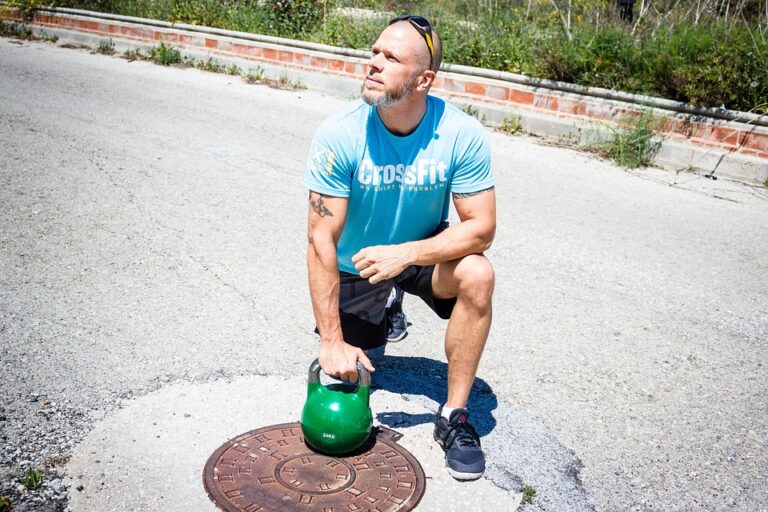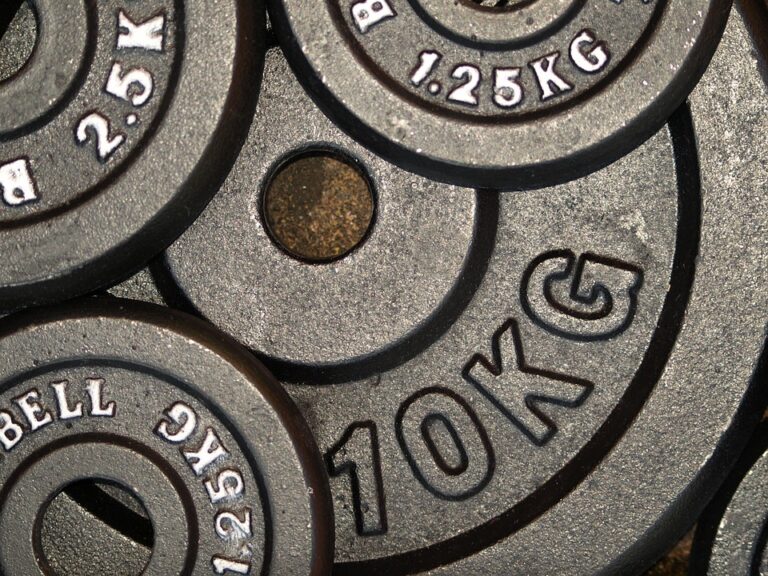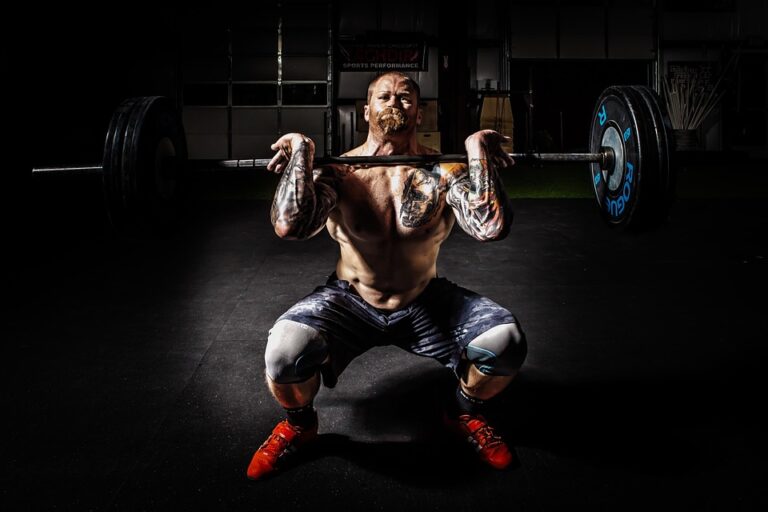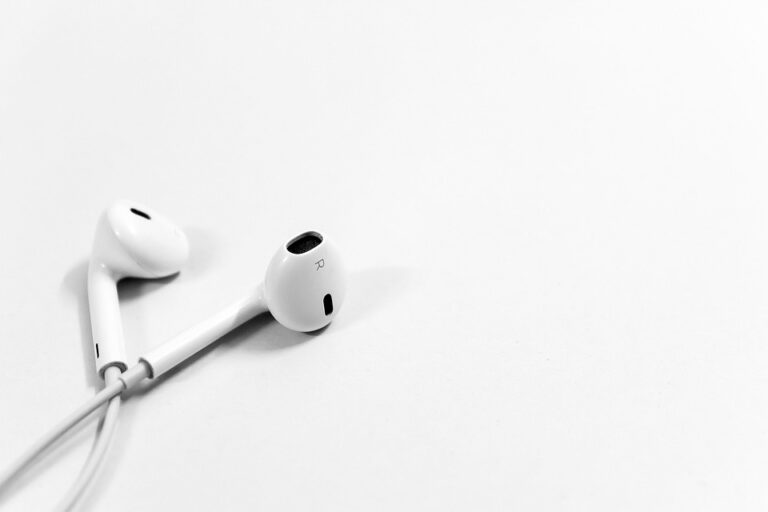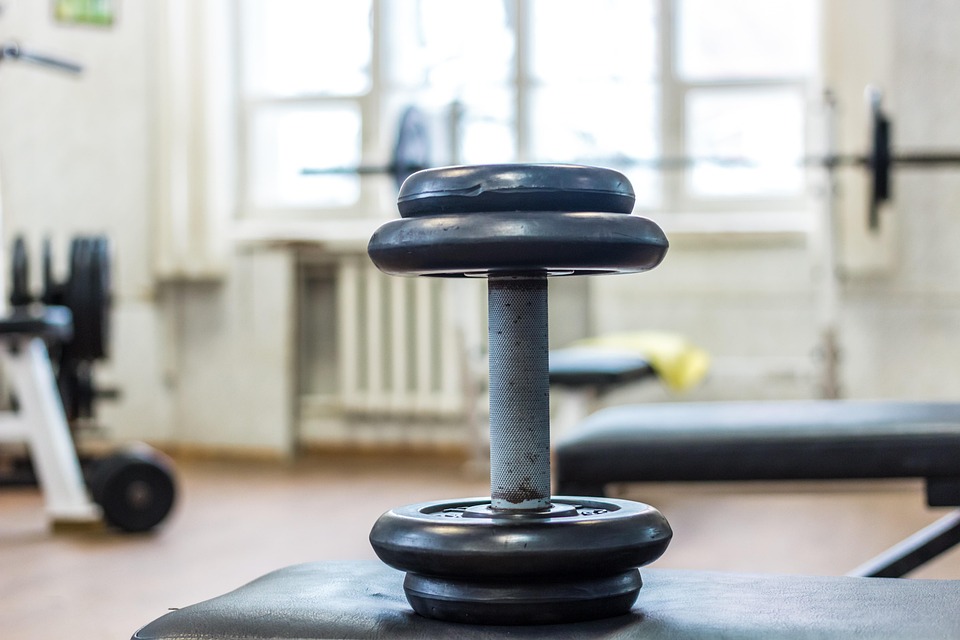
When it comes to stepping into the world of fitness, the sheer volume of options can be overwhelming. Among the myriad of equipment available, dumbbells remain a staple for both beginners and seasoned athletes alike. However, not all dumbbells are created equal, and understanding the nuances between different types can significantly impact your training efficacy.
1. Fixed vs. Adjustable Dumbbells
One of the first considerations is whether to opt for fixed or adjustable dumbbells. Fixed dumbbells are often favoured for their simplicity. Each weight is a solid chunk of metal, making them incredibly durable. They allow for a straightforward workout experience—grab and go. However, if you’re looking to save space or gradually increase your weights, adjustable dumbbells may be the better choice. These versatile tools typically feature a dial or pin mechanism that allows you to easily change the weight, making them a smart investment for those who want to progress without cluttering their home gym.
2. Material Matters
Next up is the material composition of the dumbbells. Most commonly, you’ll encounter rubber-coated, neoprene, or metal options. Rubber-coated dumbbells are particularly popular as they tend to be gentler on floors, while neoprene-coated varieties offer a softer grip that’s ideal for high-rep workouts. Metal dumbbells, on the other hand, are typically preferred by serious lifters who appreciate the raw feel of iron but can be harsher on the hands and floors. The choice of material can influence not only your comfort level during workouts but also the longevity of the equipment.
3. Weight Ranges
Understanding the weight range you’ll need is crucial. Beginners may find that a set of 2-5 kg dumbbells suffices for starting strength exercises, whereas more experienced lifters might require weights exceeding 20 kg. Think about your fitness goals: Are you looking to tone, build strength, or perhaps prepare for a specific sport? Additionally, it’s worth noting that many suggest using lighter weights for higher repetitions to enhance endurance, while heavier weights are typically reserved for strength-building.
4. Grip Specifications
An often-overlooked aspect is the grip specifications. The diameter of the handle can greatly affect your performance. A thicker grip can challenge your forearm strength and enhance grip stability, but it may also be less comfortable for some users. Conversely, a thinner grip is generally easier to handle, particularly for those with smaller hands. It’s wise to try out different options to find what feels best for you, as comfort can directly impact your workout efficiency.
5. Brands and Quality
The market is flooded with brands, each claiming to offer the best dumbbell. While established names like Bowflex and PowerBlock have earned their reputations, it’s important to delve deeper. Reviews from fellow fitness enthusiasts can provide insights into durability, comfort, and performance. Additionally, consider the warranty and customer service policies; these can be indicative of a company’s confidence in their product.
Navigating Your Fitness Journey
As you embark on your fitness journey, remember that the right dumbbells can make all the difference. Take the time to assess your needs, preferences, and goals before making a purchase. After all, investing in quality equipment can enhance your workout experience and keep you motivated.
At BargainsTrust, we strive to bring you an array of carefully curated product selections, ensuring you’re equipped with the best tools for your fitness aspirations. Whether you’re a novice or a seasoned pro, we’re here to support your journey with valuable insights and recommendations.

